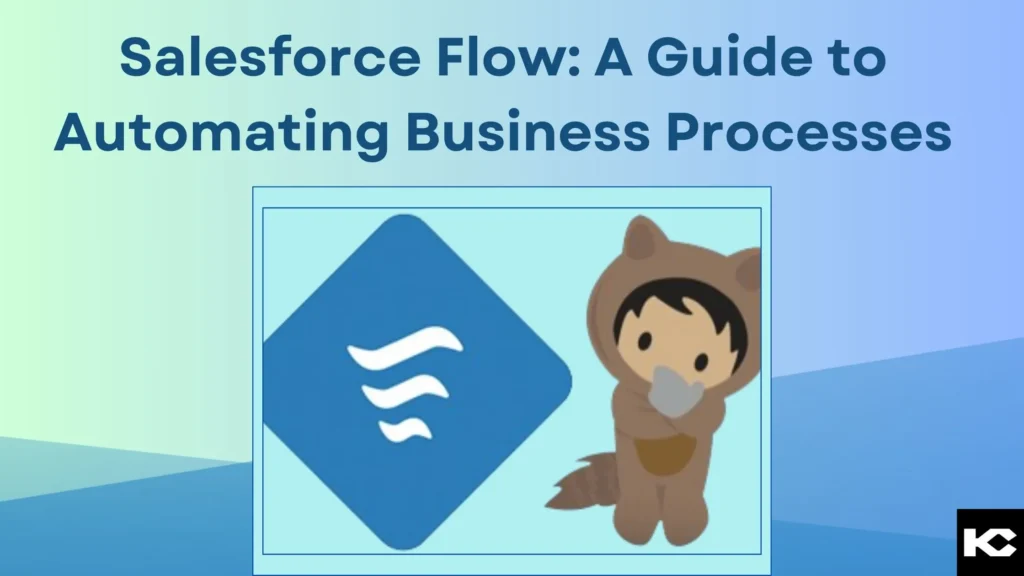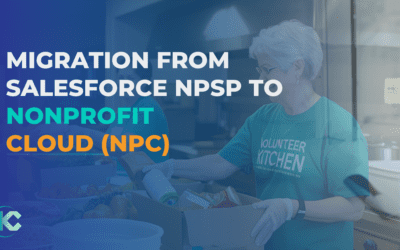Salesforce Flow: A Guide to Automating Business Processes [2024]
Introduction
In the rapidly evolving world of business, automation is no longer a luxury but a necessity. Salesforce Flow empowers organizations to streamline complex business processes by automating tasks, simplifying workflows, and enhancing overall efficiency. This guide provides a step-by-step approach to implementing Salesforce Flow, ensuring that your business leverages this powerful tool to its full potential.
Step 1: Identify the Processes for Automation
Start by identifying which business processes require automation. Common candidates include lead assignment, customer service requests, and order processing. Engage with stakeholders from various departments to understand their daily challenges and pinpoint areas where automation can significantly impact productivity and accuracy.
Step 2: Map Out the Process
Once you’ve identified a process for automation, map it out from start to finish. This step involves detailing each stage of the process, the decisions required, and the actions that follow those decisions. Creating a visual flowchart can help clarify how tasks move from one step to the next and identify any potential bottlenecks.
Step 3: Create Your Flow with Salesforce
Salesforce offers different types of flows for various purposes:
- Screen Flows: Interact with users through screens to collect or display information.
- Record-Triggered Flows: Automatically execute actions when a record is created, updated, or deleted.
- Scheduled Flows: Run flows at specific times to perform tasks on a set of records.
- Autolaunched Flows: Execute without direct user interaction, often triggered by other processes.
Choose the type of flow that best suits your process needs and begin creating it in the Salesforce Flow Builder, a drag-and-drop tool that simplifies flow creation.
Step 4: Define Elements and Logic
In Flow Builder, define the elements (like screens, actions, and data operations) and the logic that dictates the flow’s execution path. Use elements to perform operations such as creating records, updating data, or sending emails. Set conditions using logical operators to determine how the flow progresses through different branches based on data values or user inputs.
Step 5: Test Your Salesforce Flow
Testing is crucial to ensure your flow works as intended before going live. Salesforce provides a debug tool within the Flow Builder to test flows in a controlled environment. Simulate different scenarios to catch any errors or unexpected behaviors. Adjust the flow based on test outcomes to fine-tune its functionality.
Step 6: Deploy and Monitor
Once tested, deploy your flow to make it available to users. Monitor the flow’s performance and user interactions to ensure it operates smoothly. Collect feedback from users to understand if the flow meets their needs and make adjustments as necessary.
Step 7: Iterate and Improve
Business needs and processes evolve, so your flows should too. Regularly review and update your flows to incorporate new requirements or improvements. This iterative approach ensures your automations remain effective and aligned with business objectives.
Also checkout some of the Salesforce Flows Limitations
Conclusion: Automating Business Processes with Salesforce Flow
Salesforce Flow is a dynamic tool that can transform how your organization handles business processes. By automating routine tasks, you not only save time but also reduce errors, freeing up your team to focus on more strategic activities. This guide should help you implement Salesforce Flow confidently, paving the way for a more efficient and automated business environment.
Key Takeaway
Embrace the power of Salesforce Flow to enhance your business operations. With careful planning, detailed mapping, and continuous improvement, you can achieve significant efficiencies and improve overall performance.
Kizzy Consulting is a Salesforce Consulting Partner in the USA, Australia and has successfully implemented 100+ Salesforce projects for 100+ clients across sectors like Financial Services, Insurance, Retail, Sales, Manufacturing, Real estate, Logistics, and Healthcare in countries like the US, Europe, and Australia. Get a free consultation now by emailing us at [email protected] or Contact us.





